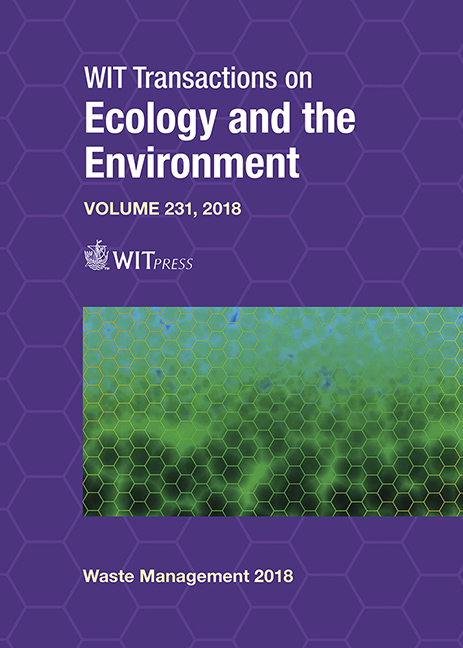ENGINEERING ASSESSMENT OF A LOCAL ROAD CONSTRUCTED FROM BAUXITE RESIDUE
Price
Free (open access)
Transaction
Volume
231
Pages
9
Page Range
101 - 109
Published
2019
Paper DOI
10.2495/WM180101
Copyright
WIT Press
Author(s)
ANASTASIOS MOURATIDIS, IRO PERNIENTAKI
Abstract
Bauxite residue, also called red mud, is the solid remainder of the bauxite industrial treatment by the Bayer process. During the last two decades, significant research has been undertaken to suggest potential effective use of the material, including extraction of rare metals, production of ceramics, painting agents, fertilizers, use in cement industry (iron/alumina source in clinker), and other industrial applications. However, potential use of this by-product in highway engineering projects, which engage big volumes of earthwork, is far from being fully investigated. This beneficial combination of a resistant “high-added value” structure, indirectly producing a positive environmental impact, makes the use of bauxite residue in engineering applications interesting and promising. This paper presents the engineering assessment of an asphalt road constructed from bauxite residue in the industrial site of the “Aluminium of Greece”. The construction (2009–2011) was based on the results of laboratory and site investigation of the properties of the by-product. After 9 years of full traffic conditions, a comprehensive assessment has been recently undertaken to detect any deficiencies of the road structure and to determine the performance of the BR pavement over time. The site investigation was mainly directed at the appraisal of surface pavement distress unveiling structural defects of the BR structure. The results of this investigation indicate an absolutely satisfactory pavement performance under heavy load conditions. Moreover, some engineering input, in terms of guidelines, useful to build similar road pavements from bauxite residue in the future, are herewith presented.
Keywords
assessment, road construction, bauxite residue





